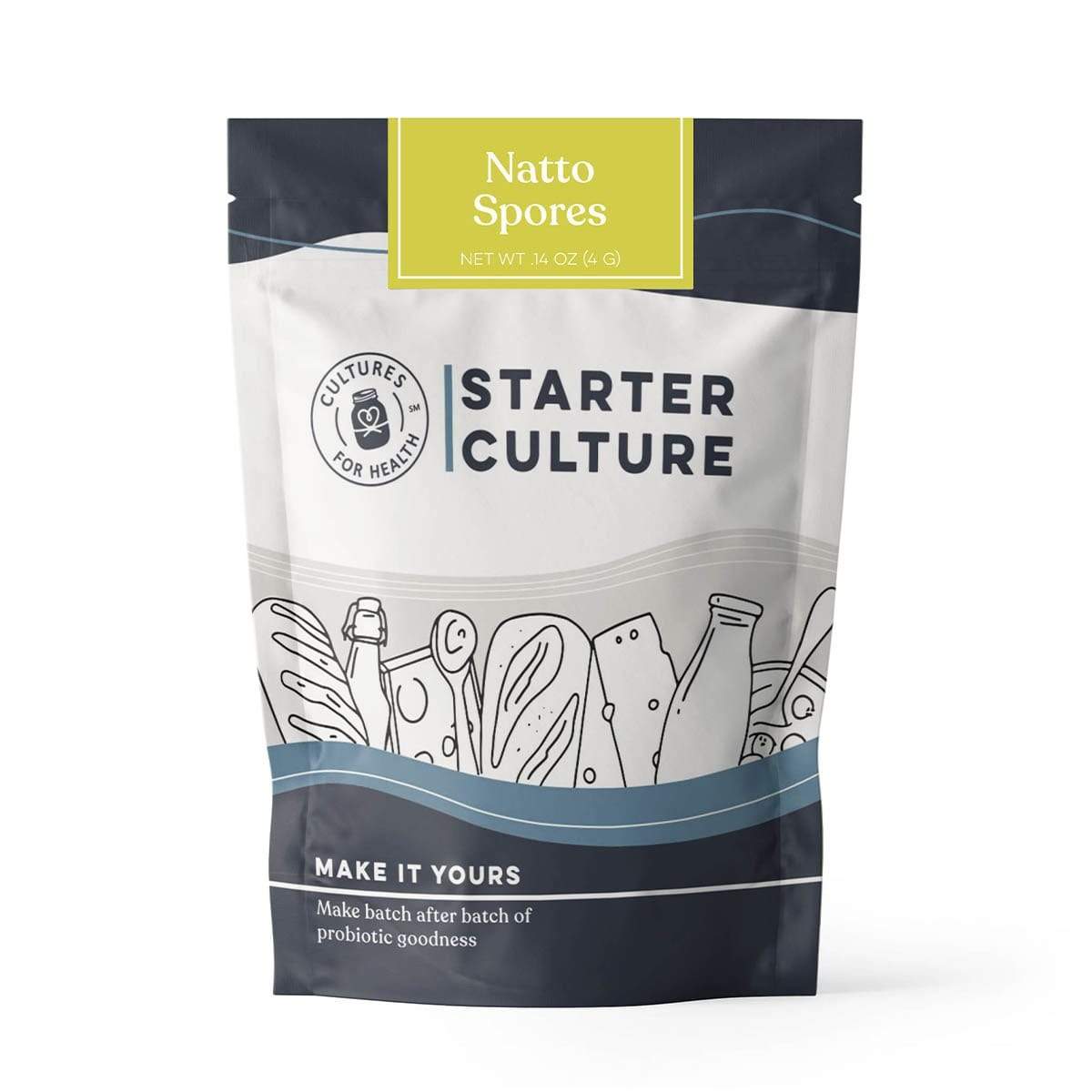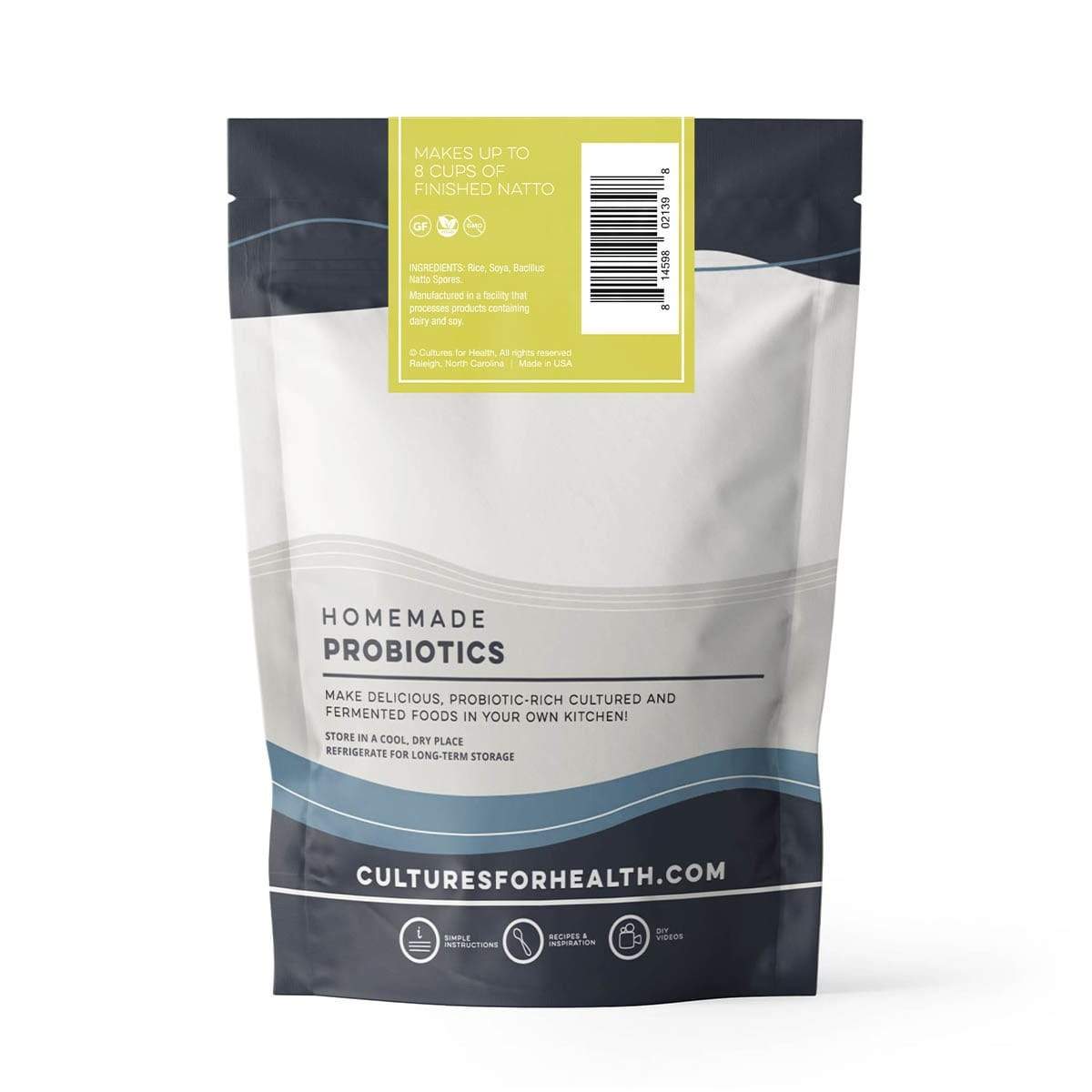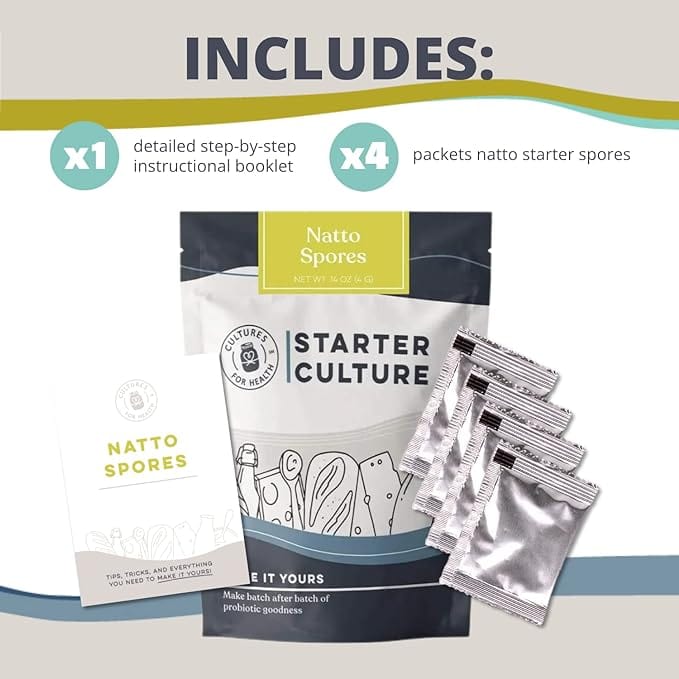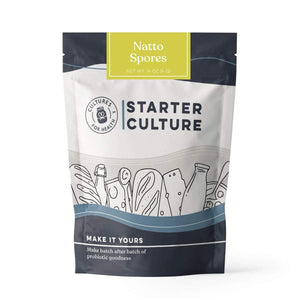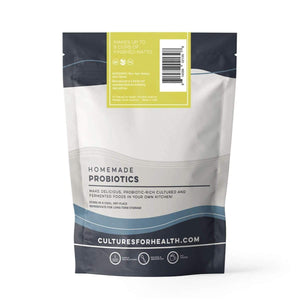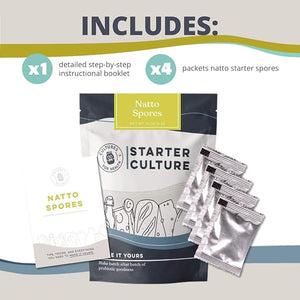
Food dehydrators can be the ultimate multi-tasking tool in your kitchen. Go beyond drying fruits and vegetables with these ten creative ways to get the most out of your food dehydrator.
Download our cookbooks today to discover how you can use a food dehydrator. Our cookbooks are filled with easy-to-follow instructions and delicious recipes that will make you a dehydrating pro!
10 WAYS TO MAKE THE MOST OF YOUR FOOD DEHYDRATOR
1. Soak and Dry Crispy Nuts and Seeds
Soaking and drying nuts and seeds may reduce phytic acid and enzyme inhibitors which can prevent absorption of nutrients. Many nuts (walnuts, almonds, etc.) should be soaked overnight in salt water and then dried at no more than 150°F for 12 to 24 hours until nice and crispy.
Bonus: Soaked and dried nuts and seeds often taste better!
2. Make Your Own Sprouted Flour
Make your own sprouted flour using your food dehydrator. Sprouted grain kernels must be dried at a low temperature prior to being ground into flour. Click here for a great tutorial (including a video) on making sprouted flour.
3. Make Your Own Yogurt
Instead of having a yogurt maker that takes up counter space and does only one task, use your food dehydrator to make yogurt. With a cube-shaped dehydrator, many different-sized jars can be used. Although temperature requirements can vary depending on the specific culture, generally 110°F will set yogurt culture properly.
Tip: Make individual servings by pouring the yogurt mixture into wide-mouth half-pint canning jars. Use the dehydrator trays to create multiple levels for the maximum amount of yogurt per cycle.
4. Make Your Own Jerky
Making jerky is easy with a food dehydrator. For jerky using strips of sliced meat, tofu from our tofu kit, or kombucha scoby (yes, you can do that!), the plastic or metal trays in the dehydrator are typically sufficient.
If using ground meat, we recommend using non-stick sheets (such as the Paraflexx sheets made by Excalibur) or unbleached parchment paper.
5. Proof Your Sourdough
Keep your sourdough starter warm and happy during the cool winter months using your food dehydrator. Generally a setting of 75°-80°F works best.
If your dehydrator strip thermometer doesn't run this low, you may be able to maintain the temperature by removing the door of the dehydrator. Double-check the temperature of your sourdough starter using a hand-held thermometer, to avoid overheating your sourdough starter.
6. Make Your Own Natto
Natto Starter
Natto is a traditional Japanese food made from fermented soybeans. It is a rich source of protein, beneficial bacteria, and vitamin K2. Natto starter must be fermented at around 100°F for 22 to 24 hours, making a food dehydrator an easy way to keep the culturing Natto nice and warm while it is culturing. Learn more about Making Natto.
7. Make Your Own Pemmican
Pemmican is a traditional food often made by Native Americans. It normally consists of ground meat, animal fat (such as tallow), dried fruit, and salt. Read through these instructions on making pemmican.
8. Make Your Own Fruit Leather
Making fruit leather is simple using a food dehydrator. We recommend using a non-stick sheet to make removing the fruit leather easier. The Paraflexx sheets from Excalibur work well. Or try using unbleached parchment paper, which you can find in most grocery stores.
Tip: Kick the nutritional value of your fruit leather up a notch by culturing the fruit mixture. Read the following recipe on how to make cultured fruit leather.
9. Make Your Own Tempeh
Tempeh is a traditional Indonesian food made from fermented soybeans that binds the soybeans into a cake-like form. Tempeh is a good source of protein, fiber, and vitamins.
Fermenting tempeh requires keeping the cake mixture at 86°-88°F for 24 to 48 hours. A food dehydrator makes an ideal tool for incubating tempeh. Learn more about making tempeh.
10. Make Your Own Granola
Make soaked or sprouted granola using your dehydrator. Check out this easy and tasty granola recipe using soaked and dried seeds and sprouted flour.













